
views
Selecting a Style
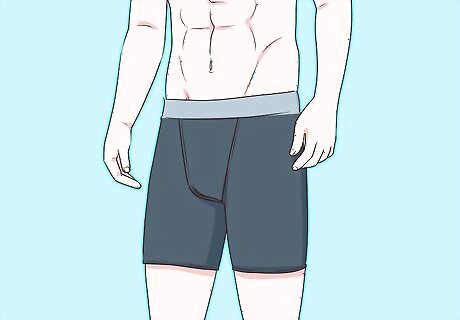
Choose outerwear compression shorts if you want high-end gear. These shorts are meant to be worn as workout gear without anything layered on top of them. They are engineered with high-end materials and have unique constructions that set them apart from the undergarment versions. Unfortunately, these high-end materials raise the price tag significantly. Outerwear compression shorts are usually 2-3 times more expensive than the undergarment versions. On the upside, they usually last longer and are far more durable.
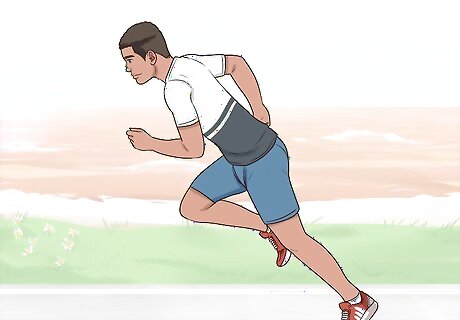
Opt for outerwear compression shorts if you’re a serious athlete. These shorts have the top-shelf construction, special features, and high-end fabrics that many serious athletes prefer. They provide support for the glutes, quads, and hamstrings. Increased blood flow and better bone alignment are other features that interest serious athletes. Outerwear compression shorts are thought to also speed up recovery time, prevent delayed-onset muscle soreness, and prevent injuries associated with intense sporting activities. You may prefer this style if you play intense sports, are a long-distance runner, or interested in training recovery.

Go with undergarment shorts for a more affordable solution. Undergarment compression shorts are meant to be worn beneath athletic clothing, such as under a looser-fitting pair of shorts or bottoms. They are manufactured to be mainstream athletic gear, making them easier to find in stores and much cheaper. $15-$25 USD is a typical price range. They aren’t as durable as the outerwear versions, but most brands still produce high quality gear.
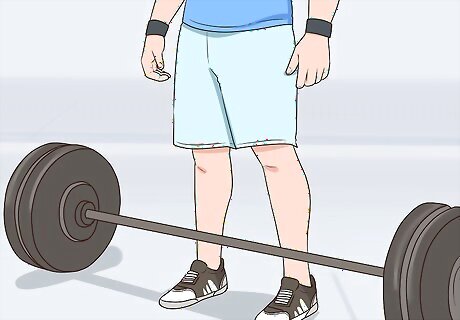
Select undergarment shorts for a blend of support and comfort. If you live an active lifestyle, these shorts are easy to wear, functional, and comfortable. They provide muscle support and help circulation. Many wear them as supportive gear instead of jockstraps and other traditional athletic supporters, and they are an effective replacement.
Choosing Materials and Features

Get a pair made of moisture-wicking material. Compression shorts are incredibly tight. As you exercise, the heat and sweat you generate gets trapped next to your skin. For some people, this may cause skin problems like rashes and inflamed hair follicles. To help prevent this, go with shorts made of a moisture-wicking material, like a nylon blend. To reduce odors, you may want to look for anti-microbial technology.

Look for a pair with flatlock stitching to reduce friction. If you’re a long distance runner or intense cyclist, you already know that chafing can be a major issue. On humid days, it can be even worse! Flatlock stitching is very effective at reducing chafing and friction against the skin. Some brands may even market their shorts as “anti-chafing.”
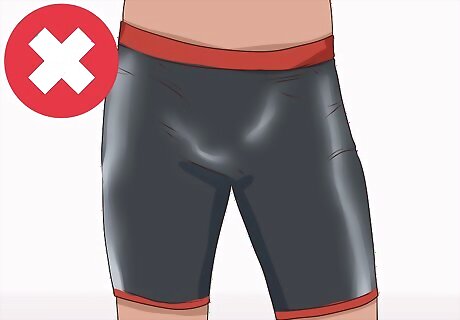
Avoid latex-based materials if you have sensitive skin. Some brands use latex-based materials for their shorts. If you have sensitive skin, you may want to avoid those brands. The latex could cause chafing, rashes, and other skin irritations. Many brands will advertise their shorts as being “latex-free.” Cotton, nylon, Lycra, and Spandex are not latex-based materials. If you see other materials listed on the tag, ask a salesperson to explain them to you or opt for a different pair.
Ensuring a Good Fit
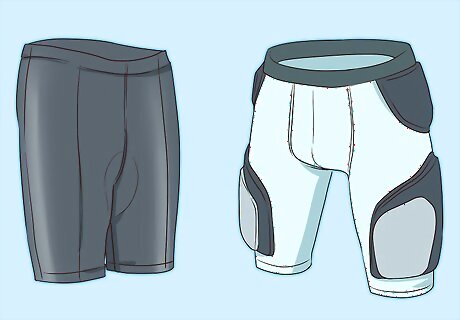
Aim for an overall fit that's snug but still comfortable. Compression shorts are sort of like a cross between very tight biking shorts and a girdle. Typically, they are about 15% smaller than your regular size for shorts. The material should tightly hug and support your muscles, but you shouldn’t feel any discomfort. If yours feel uncomfortable, try going up a size.

Wear the shorts without underwear. Compression shorts are meant to be literally skintight. The proper fit makes it nearly impossible to wear underwear with them anyway, but some people still try it. It’s not recommended because it can cause bunching, discomfort, and block the shorts from providing the muscle support you want. Wearing undies with compression shorts will also reduce the effectiveness of moisture-wicking material.
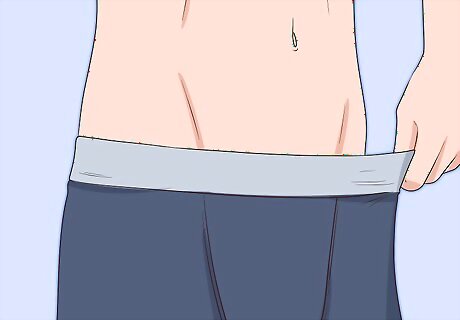
Inspect the elastic waistband and seams for quality construction. Most compression shorts feature elastic along the waist and thighs. The elastic should be firm and snap back easily, while still feeling comfortable. One problem with some of the cheaper brands is sub-par elastic that quickly becomes stretched out and misshapen. Look for quality construction and stitching in these areas. Reinforced waistbands are also a good feature. These tend to have quality construction and provide enhanced comfort.













Comments
0 comment